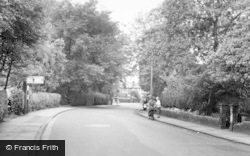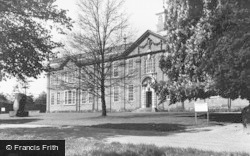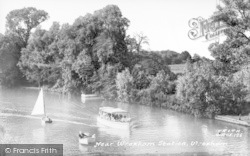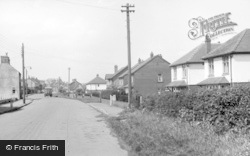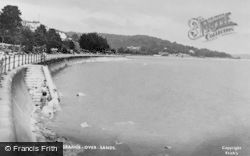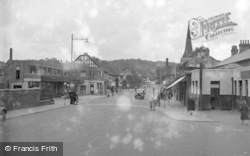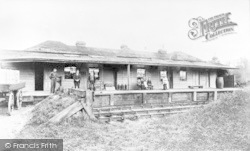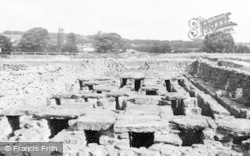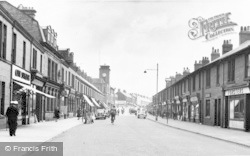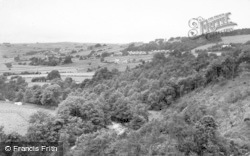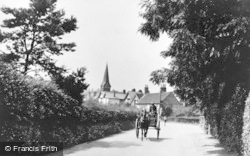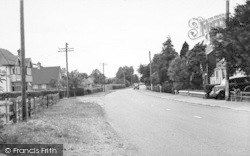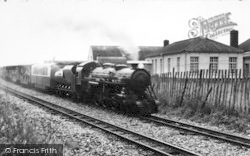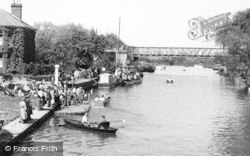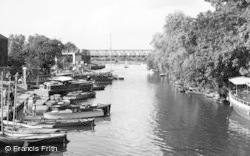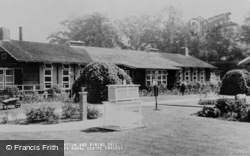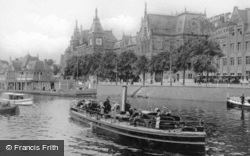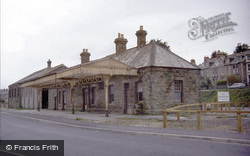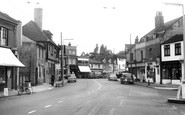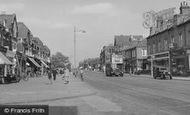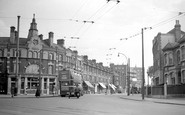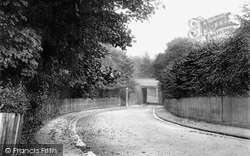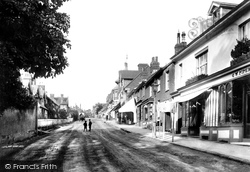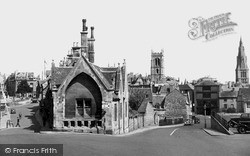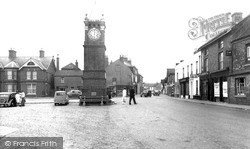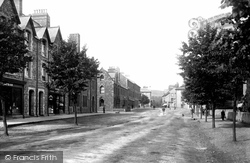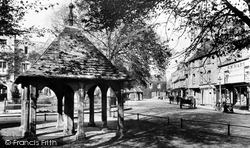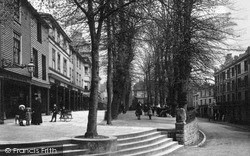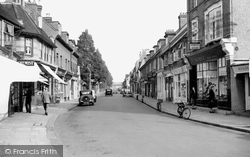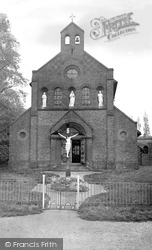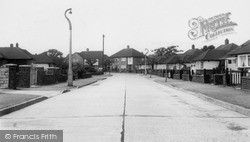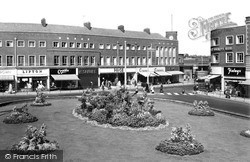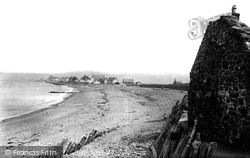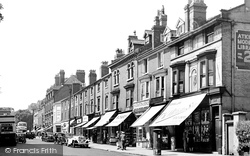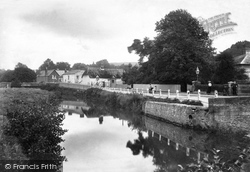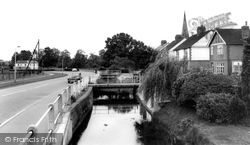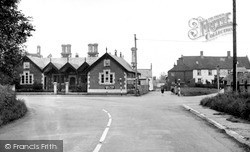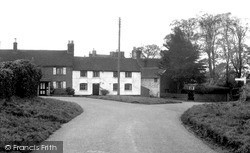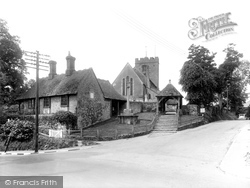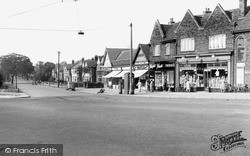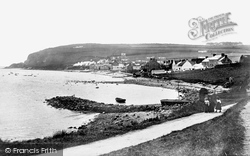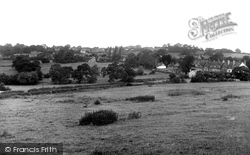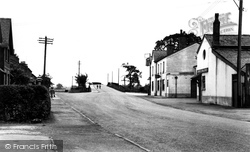Places
20 places found.
Those places high-lighted have photos. All locations may have maps, books and memories.
- Hinkley Point Power Stations, Somerset
- Lyne Station, Borders
- Perranwell Station, Cornwall
- Ferryhill Station, Durham
- Nantyronen Station, Dyfed
- Station Hill, Cumbria
- Station Town, Durham
- Widdrington Station, Northumberland
- Eggesford Station, Devon
- Bedlington Station, Northumberland
- Meopham Station, Kent
- Mintlaw Station, Grampian
- Ratho Station, Lothian
- Uphall Station, Lothian
- Alne Station, Yorkshire
- Hart Station, Cleveland
- Otterham Station, Cornwall
- Udny Station, Grampian
- Balfron Station, Central Scotland
- Ruthwell Station, Dumfries and Galloway
Photos
2,456 photos found. Showing results 981 to 1,000.
Maps
73 maps found.
Books
Sorry, no books were found that related to your search.
Memories
3,079 memories found. Showing results 491 to 500.
Tulse Hill Tesco Esso Petrol Station Formerly Cheriton Court Garage
Where the present Tulse Hill Tesco Shop and Esso Petrol station stands today, was the home of my grandfather Alfred John Thomas from the 1920's to the 1950's. Through the ...Read more
A memory of Tulse Hill by
Xmas In Hanwell In The Sixties.
Xmas started Xmas eve. Everybody went to the pub at lunchtime and it was serious drinking. I worked in Turriff House on the Geat West Road and the pub was the Kings Arms by Brentford railway station. Around closing ...Read more
A memory of Hanwell by
Boston Manor Zebras
Opposite Boston Manor station is an office block. Before this was built it was waste land called by us kids BOSTON BUMPS. We had bikes with cow horn handle bars and painted the frames black and white and called ourselves the ...Read more
A memory of Brentford by
Hampton Wick Magolia Resturant
I'm christophers sister Valerie dunn was baggott.we loved living in Hampton wick .it was fun having dinner in the restaurant -we could order anything we wanted..i nearly allways had sausage beans and chips.we use to ...Read more
A memory of Hampton Wick by
Sutton In The 1950/ 1960,S
I attended the Infants/Junior school at New Oscott by the Princess Alice Orphanage before going to Boldmere High School 1953 /1957. On leaving school I joined the railway at Sutton Park Station home of the sorting ...Read more
A memory of Sutton Coldfield by
Chingford And Epping Forest
My family moved to Fairlight Avenue from Potter's Bar in 1949 when I was four, when my dad got a job as signwriter at Walthamstow Stadium [as the dog track was known then]. I went to King's Road C of E and ...Read more
A memory of North Chingford by
Oak Bank School, Seal.
My stepfather, Mr John Few, was at Oak Bank between 1942 and 1947. He was a teenager whose father was the head gardener billeted at the lodge alongside the golf course. John and his older brother Eric worked at the school. John's ...Read more
A memory of Seal by
War Time Tooting
Although I was born in Aldis St in 1934 we moved to Morden when I was 2 months old, but I do have fond memories of Tooting. During the war we used to sleep on the Underground platform at Tooting Broadway or Balham. One night a ...Read more
A memory of Tooting in 1940 by
Growing Up In Tyldesley
I was born in 1958 and brought up in Green Street which was facing the Conservative club. I went to St George's junior school where the headmaster was Mr Hosfield; a disciplinarian but very fair. After school I would play ...Read more
A memory of Tyldesley by
Law Junction (1961)
My first job when I left school in 1960 was junior porter at Law Junction, which sadly closed in 1965. I remember that one of the station foremen, known as "Old Andrew", kept bees on an embankment at the rear of the station, an ...Read more
A memory of Law in 1961 by
Captions
1,403 captions found. Showing results 1,177 to 1,200.
The Epsom Downs railway line was opened in 1865, and branched south from Sutton station to its first stop, which was Belmont.
Uckfield prospered in the Victorian period, following the opening of the railway station in 1858. This view looks north up High Street towards the Church Street and Heathfield Road crossroads.
The town bus station is on the right, on the site of Stamford Castle. The church with the tower is St John's. Stamford is classed as the best stone-built town in England.
The corner stationer's is still just that. The market day is Friday. The whole square is the property of the Duchy of Lancaster, states a notice in the shelter in the middle of the square.
The branch railway from Taunton spurred the resort's growth; the station is now the terminus of the West Somerset Railway, closed in 1971 but reopened in 1976 as a preserved line.
Could it be the one bought for the police station in 1926? A boarding house of Oakham School is behind the pump surrounded by railings.
A printer's and stationer's shop, R Felton, sits next door. Queen Victoria had been known to visit the town during her long reign, which helped sustain its title of Royal Tunbridge Wells.
The parade of shops which lined this section of Upper Mulgrave Road on the approach to the entrance to Cheam Station, which is behind the trees on the left, includes on the extreme right a branch of the
The railway station—formerly called East Horndon—stood in the middle of nowhere when it was first built in 1886; the Railway Hotel was previously a coaching inn.
The railway station—formerly called East Horndon—stood in the middle of nowhere when it was first built in 1886; the Railway Hotel was previously a coaching inn.
The dominant row of shops has been modernised, but the bus station (centre right), which opened on September 1952, has now been moved a hundred yards to the east.
Much of Borth consists of a single street with houses on both sides that gradually spread between the railway station at the north end of the village to a group of fishermen's houses built in the lee of
Booksellers and stationers T W Atkinson even operated a library from which books could be loaned at 2d a time.
Here the town had its own second halt, known as West Street Station, from the 1884 opening of the line until its closure in 1930.
The photograph looks south-east along the culverted stream bordering Station Road, with housing of the 1920s and 30s on the extreme right.
By 1907 the building in the photograph, which resembles a country railway station, had on average 108 pupils.
This view looks east along Ashby Road to the small green at its junction with Station Road and High Street (to the right).
The village encompasses riverside and hillside, and has a main line railway station. The 15th-century church is on the hillside.
Here the town had its own second halt, known as East Street Station, from the 1884 opening of the line until its closure in 1930.
The area is known as the Highfields Estate, and its popularity was assured when Carshalton Beeches station opened in 1907.
Located in the suburb of Allerton, this junction provides access to West Allerton train station and to the B5180 and A562 arterial roads.
The first station had been provided only 20 years before. It soon became a destination for those who wanted to enjoy a spot which seems to make the mouth of Belfast Lough its own.
Brooklands, the imposing houses to the right, were built in 1900 to cater for the many Leeds commuters using nearby Bardsey station (open from 1876 to 1964).
The Macclesfield road rises in the distance to the bridge over the railway line, with the station and livestock market going down on the left.
Places (20)
Photos (2456)
Memories (3079)
Books (0)
Maps (73)


